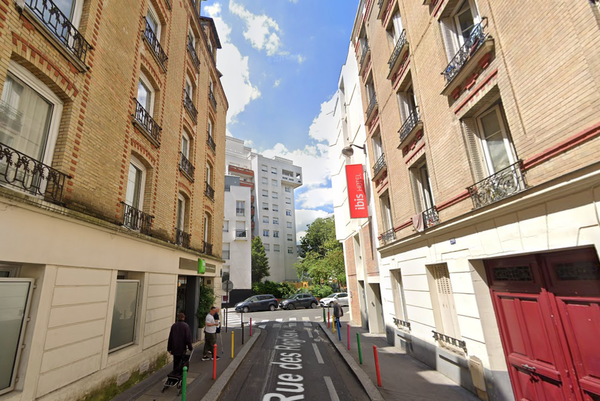
Japan has fully opened its doors to visitors after more than two years of pandemic isolation.
On Tuesday, the country reinstated visa-free travel to dozens of countries, ending some of world’s strictest Covid-19 border controls. Japan has also lifted the 50,000-person entry cap and ended the requirement for tourists to travel as part of tour groups, Kyodo news agency reported.
Prime minister Fumio Kishida is counting on tourism to help invigorate the economy and reap some benefits from the yen’s slide to a 24-year low – but hopes for a tourism boom face tough headwinds: a shortage of hospitality workers, lingering pandemic concerns, and predictions from economists that tourist returns would be gradual.
Kishida said last week the government is aiming to attract 5tn yen ($34.5bn) in annual tourist spending. That goal may be too ambitious for a sector that has withered during the pandemic.
Spending from overseas visitors will reach only 2.1tn yen by 2023 and won’t exceed pre-Covid levels until 2025, economist Takahide Kiuchi wrote in a Nomura Research Institute report.
Since June, Japan has allowed tourists to visit in groups accompanied by guides, a requirement that was further relaxed to include self-guided package tours.
Just over half a million visitors have come to Japan so far in 2022, compared with a record 31.8 million in 2019.
Arata Sawa is among those eager for the return of foreign visitors, who previously comprised up to 90% of the guests at his traditional inn.
“I’m hoping and anticipating that a lot of foreigners will come to Japan, just like before Covid,” said Sawa, the third-generation owner of the Sawanoya ryokan in Tokyo.
Flag carrier Japan Airlines Co has seen inbound bookings triple since the border easing announcement, president Yuji Akasaka told Nikkei newspaper last week – but international travel demand won’t fully recover until around 2025.
“I don’t think there’s going to be a sudden return to the pre-pandemic situation,” said Sawato Shindo, president of Amina Collection Co, a 120-shop gift and souvenir chain.
Hopes for tourism’s roaring return are also tempered by a shortage of workers. Almost 73% of hotels nationwide said they were short of regular workers in August, up from about 27% a year earlier, according to market research firm Teikoku Databank.
Akihisa Inaba, general manager at the hot-spring resort Yokikan in Shizuoka, central Japan, who said short staffing during the summer meant workers had to forego time off.
“Naturally, the labour shortage will become more pronounced when inbound travel returns,” said Inaba. “So, I’m not so sure we can be overjoyed.”
Whether overseas visitors will wear face masks and abide by other common infection controls in Japan is another concern. The strict border controls were broadly popular during most of the pandemic, and fears remain about the appearance of new viral variants.
On Friday the government approved changing hotel regulations so that operators can refuse guests who do not obey infection controls during an outbreak.
“From the start of the pandemic until now, we’ve had just a few foreign guests,” said Tokyo innkeeper Sawa. “Pretty much all of them wore masks, but I’m really not sure whether the people who visit from here on will do the same.”

One force that may buoy the return of visitors is the drop of the yen: the yen has weakened sharply against the dollar, giving some visitors much heftier buying power and making Japan attractive to bargain hunters targeting Japan’s electronics, luxury goods and retail districts.
In Tokyo’s Akihabara electronics district, Hideyuki Abe’s shelves filled with watches and souvenirs like samurai swords and toy cats with bobbing heads. Abe employs about 50 people and had resorted to layoffs after the pandemic struck in 2020. Some Akihabara shops have closed down since then, but he bided his time.
“Hanging on is where power lies,” Abe said. “Now, I am a bit worried about a shortage of workers.”
With pandemic restrictions waning and the dollar at a three-decade high of about 145 yen, he believes the tourists will be back.
“This time,” he says, “it’s a perfect opportunity.”
Reuters and Associated Press contributed to this report







